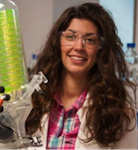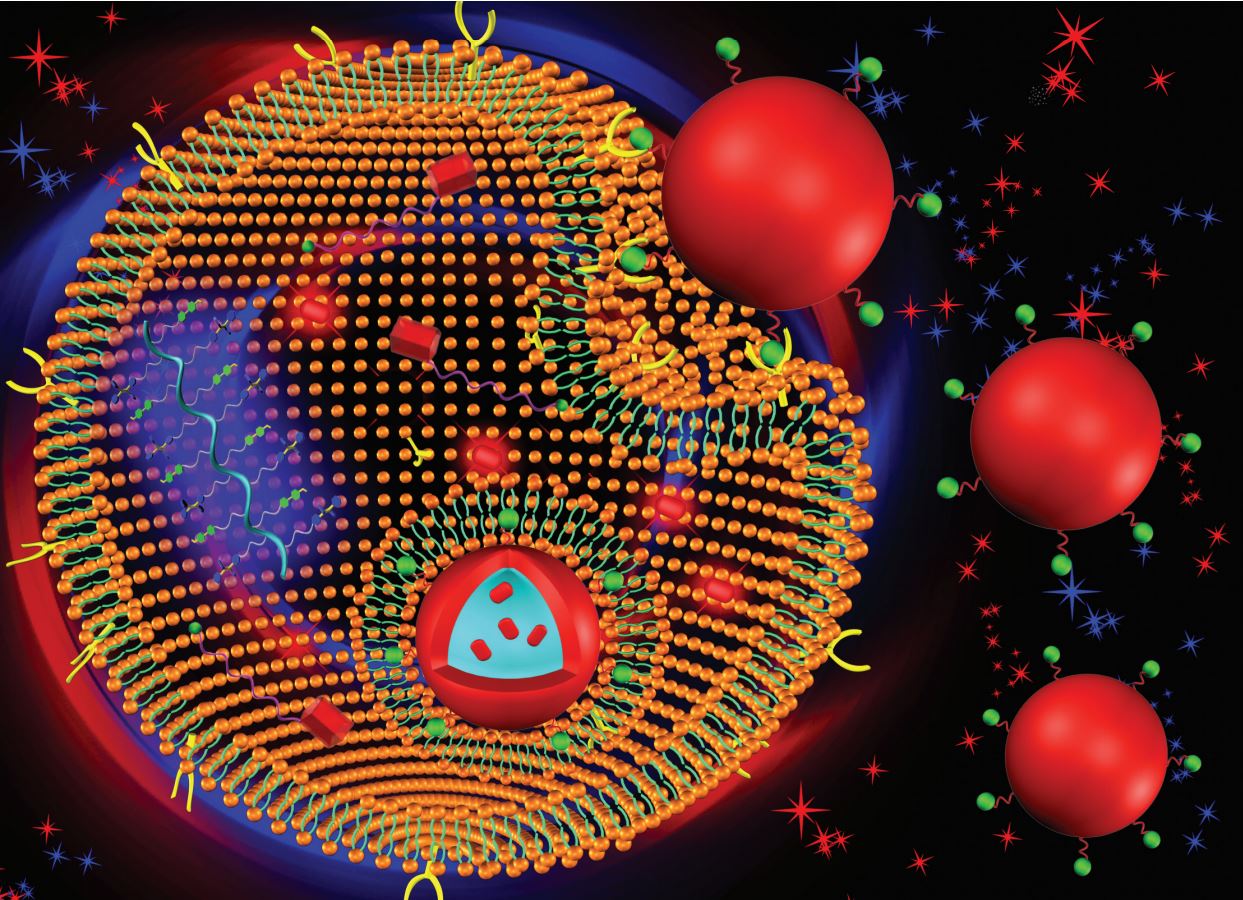The 2016 Nobel Prize in Chemistry was jointly awarded to Jean-Pierre Sauvage, Sir J. Fraser Stoddart and Bernard L. Feringa for their work on the design and synthesis of molecular machines.

Developing the world’s smallest machines: Jean-Pierre Sauvage, Fraser Stoddart and Bernard Feringa
Jean-Pierre Sauvage took the first step towards a molecular machine in 1983, when he successfully linked two ring-shaped molecules together to form a chain, called a catenane. The molecules in this chain are linked by a mechanical bond, allowing the two interlocked rings to move relative to each other, performing like a tiny machine.
Fraser Stoddart took the second step in 1991, when he developed a rotaxane by threading a molecular ring onto a thin molecular axle. The ring is able to move along the axle enabling a number of developments such as a molecular lift, a molecular muscle and a molecule-based computer chip.
Bernard Feringa took the third step by developing the first molecular motor in 1999 when he got a molecular rotor blade to spin continually in the same direction. Using molecular motors, he has rotated a glass cylinder that is 10,000 times bigger than the motor and also designed a nanocar!
The ground breaking steps taken by the 2016 Nobel Laureates in Chemistry in developing molecular machinery have resulted in a toolbox of chemical structures that can be used by researchers around the world to build anything from artificial switches and release-targeted drugs to novel energy storage systems!
To celebrate these remarkable achievements, we are delighted to present a collection of recent Soft Matter and Polymer Chemistry articles on molecular machines FREE to read until 1 December 2016!
We invite you to submit your best research related to molecular machines to Soft Matter and Polymer Chemistry!
Reviews
Integrated motion of molecular machines in supramolecular polymeric scaffolds
Xuzhou Yan, Bo Zheng and Feihe Huang
Polym. Chem., 2013, 4, 2395-2399
DOI: 10.1039/C3PY00060E
Research articles
Topological energy storage of work generated by nanomotors
Fabian Weysser, Olivier Benzerara, Albert Johner and Igor M. Kulić
Soft Matter, 2015, 11, 732-740
DOI: 10.1039/C4SM02294G
Hydrodynamics and propulsion mechanism of self-propelled catalytic micromotors: model and experiment
Longqiu Li, Jiyuan Wang, Tianlong Li, Wenping Song and Guangyu Zhang
Soft Matter, 2014, 10, 7511-7518
DOI: 10.1039/C4SM01070A
Construction of muscle-like metallo-supramolecular polymers from a pillar[5]arene-based [c2]daisy chain
Lingyan Gao, Zibin Zhang, Bo Zheng and Feihe Huang
Polym. Chem., 2014, 5, 5734-5739
DOI: 10.1039/C4PY00733F
An acid/base switchable and reversibly cross-linkable polyrotaxane
Shijun Li, Guan-Huan Weng, Wei Lin, Zhi-Bin Sun, Mi Zhou, Bin Zhu, Yang Ye and Jing Wu
Polym. Chem., 2014, 5, 3994-4001
DOI: 10.1039/C4PY00409D
Dual stimuli-responsive supramolecular pseudo-polyrotaxane hydrogels
Lipeng Zhou, Jiaxi Li, Quan Luo, Junyan Zhu, Huixin Zou, Yuzhou Gao, Liang Wang, Jiayun Xu, Zeyuan Dong and Junqiu Liu
Soft Matter, 2013, 9, 4635-4641
DOI: 10.1039/C3SM27776C
pH-responsive dendritic polyrotaxane drug-polymer conjugates forming nanoparticles as efficient drug delivery system for cancer therapy
Yang Kang, Xiao-Mei Zhang, Sheng Zhang, Li-Sheng Ding and Bang-Jing Li
Polym. Chem., 2015, 6, 2098-2107
DOI: 10.1039/C4PY01431F
Phototriggered supramolecular polymerization of a [c2]daisy chain rotaxane
Xin Fu, Rui-Rui Gu, Qi Zhang, Si-Jia Rao, Xiu-Li Zheng, Da-Hui Qu and He Tian
Polym. Chem., 2016, 7, 2166-2170
DOI: 10.1039/C6PY00309E
Also of interest: Find out more about the three Chemistry Nobel Laureates and their research.
Comments Off on In celebration of the 2016 Nobel Prize in Chemistry




















